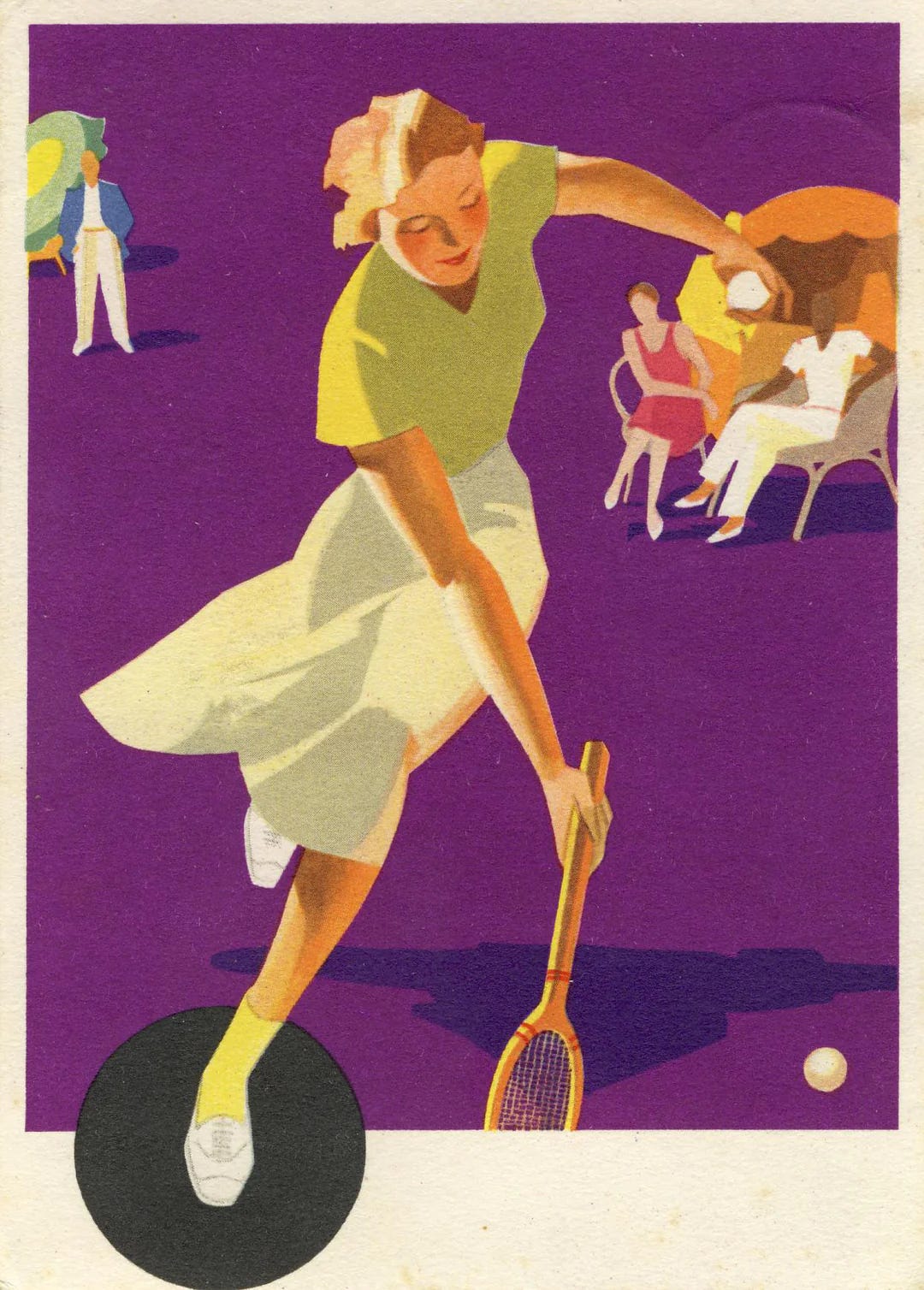Design Postcards: Superga, the Turin trainers
Did you know that these classic trainers (pronounced sooPERgah) were named after the Basilica that overlooks Turin, where royals are buried and Italy's biggest football tragedy unfolded?
Design Postcards is part of a free series that comes when I find something interesting to share. Tomorrow is my gift guide - a paid post so do subscribe if you want to read it in full.
Turin 1925. Walter Martiny, founder of Superga Rubber Industry, is watching his wife play tennis. She is wearing a classic rope-soled shoe that grips the clay surface but is easily damaged and doesn’t last more than a few games. He decides to make a mould using latex and sulphur to create a new, almost indestructible, vulcanised rubber sole. The resulting shoe becomes the Superga 2750 – a model that is still in production today and is known simply as La Superga.
Sadly, history has not bothered to record the name of Mrs Martiny, and the company, now owned by Basic Net, doesn’t seem to have jotted it down either.
The erasure of women from history is a whole other post, for another time. For now it’s back to Mr Martiny. In 1911, he has learned of the existence of a new technology - invented by Charles Goodye…





